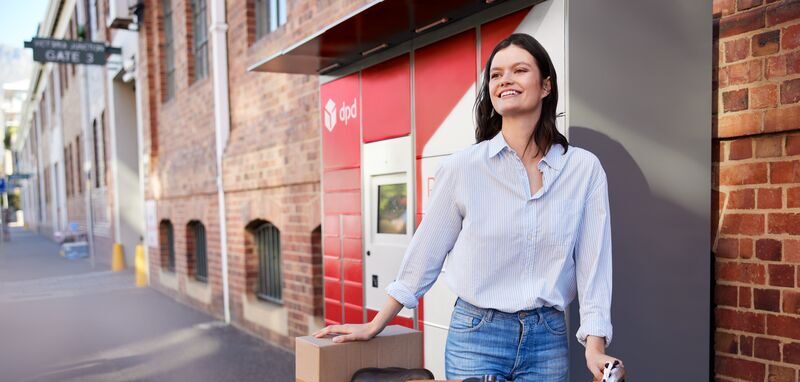GeoPost/DPDgroup has released its e-Shopper Barometer, an annual study of European e-shopper habits.
Based on 36,000 online interviews conducted in 22 European and nine non-EU countries, the report found that consumers continue to choose e-commerce as a means of saving time, stress and money, despite heightened price consciousness caused by economic instability. To the researchers, this choice appeared motivated by the practical aspects of this mode of purchase, which is considered less stressful, and by a search for “good deals” in the context of economic arbitration for households.
While their impulse purchases have decreased, these buyers are buying a wider variety of products. While fashion remains the leading reason for purchasing, the year 2022 reflects new uses with the noticeable growth of fresh produce and groceries, essential everyday products. Healthcare, beauty and medicine also continue to grow, as do sales between individuals. Delivery in a parcel shop is also gaining points, especially in Northern and Eastern Europe, but home delivery remains the preferred option.
Against a backdrop of economic uncertainty, the price was found to play an especially powerful role in determining consumers’ choices. As a result, exchanges between private consumers are on the rise, with both buyers and sellers increasingly convinced by the positive impact of C2C transactions. As e-commerce has become increasingly well-established as an everyday shopping behavior, European e-shoppers have reportedly become increasingly demanding. Heightened expectations have resulted in a shopping and delivery experience that is perceived as somewhat less smooth than in the past.
The home remained the preferred delivery place, but out-of-home (OOH) solutions are increasingly used and expected. The data revealed that a growing number of regular e-shoppers prefer to be delivered via OOH and among them is an equal preference for parcel shops and parcel lockers. The growth of e-commerce over the past two years has transitioned to a post-pandemic adjustment period, yet some recent consumer behavioral changes persist. While overall purchasing has slightly decreased, due in particular to inflation and rising prices stemming from the war in Ukraine, groceries and fresh food and beverages have confirmed the strength of their appeal. When it comes to delivery, predictability can make all the difference – being able to choose or at least know the one-hour window of the delivery is now among e-shoppers’ prerequisites and is bound to drive purchases from a website offering such possibilities.
Jean-Claude Sonet, executive vice president in charge of marketing, communication and sustainability at GeoPost/DPDgroup, said, “After decades of steady growth, the health crisis of 2020 was a watershed moment for the entire industry: shoppers massively chose online shopping, driving growth that exceeded all expectations. Despite a natural adjustment after the end of confinements [lockdowns], consumer habits have undergone a radical change. Consumers can now freely combine online and traditional shopping to best suit their budget, tastes, preferences and societal beliefs.”


